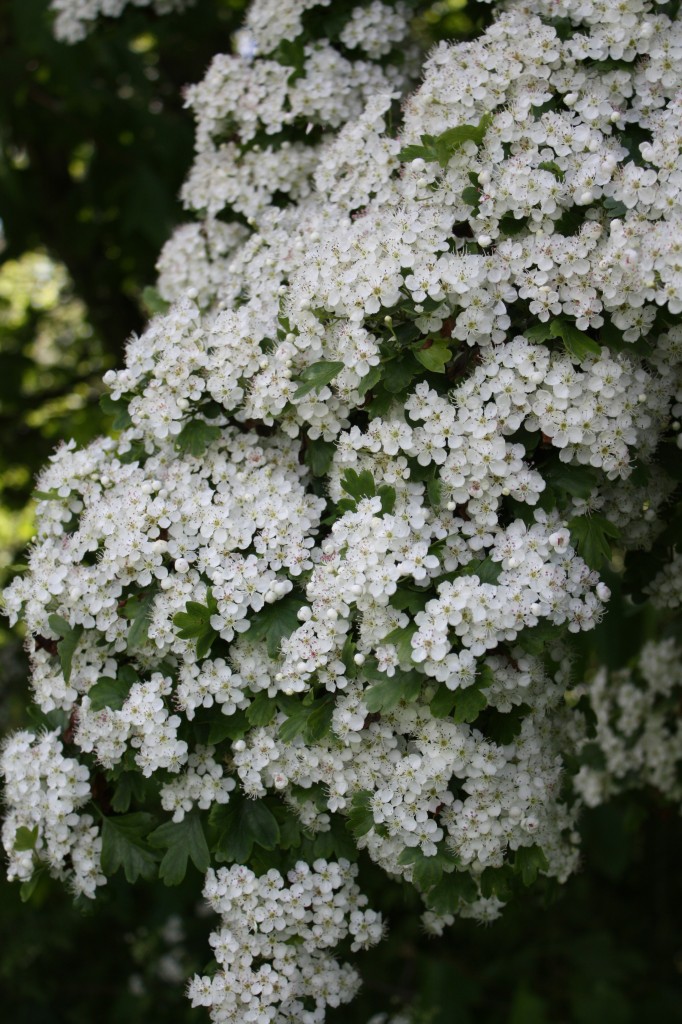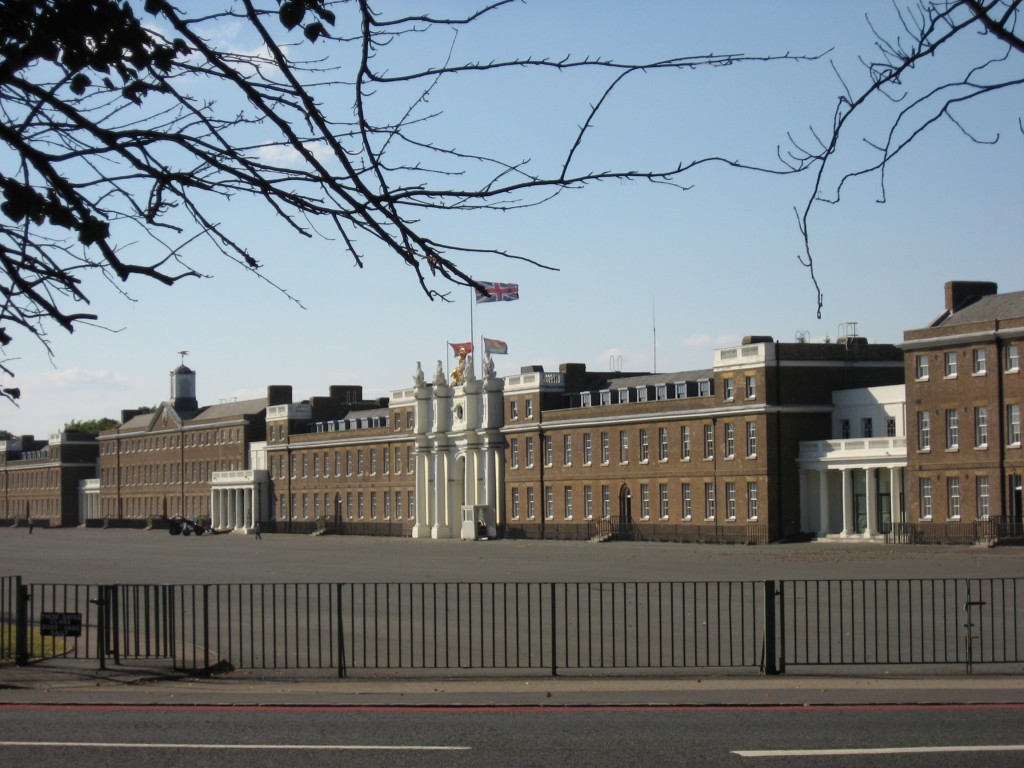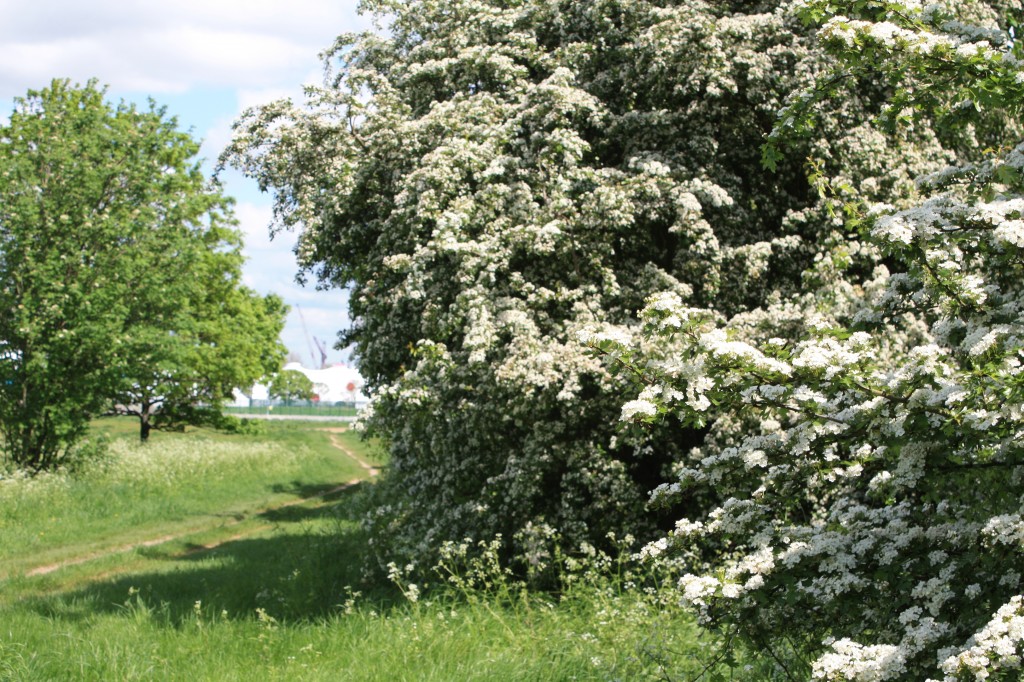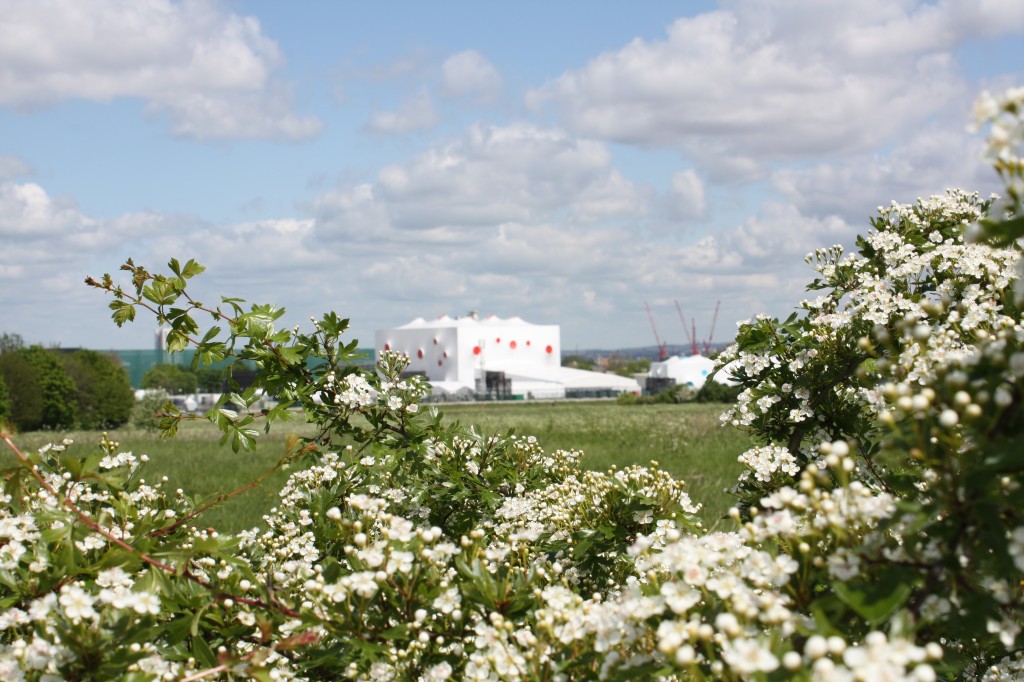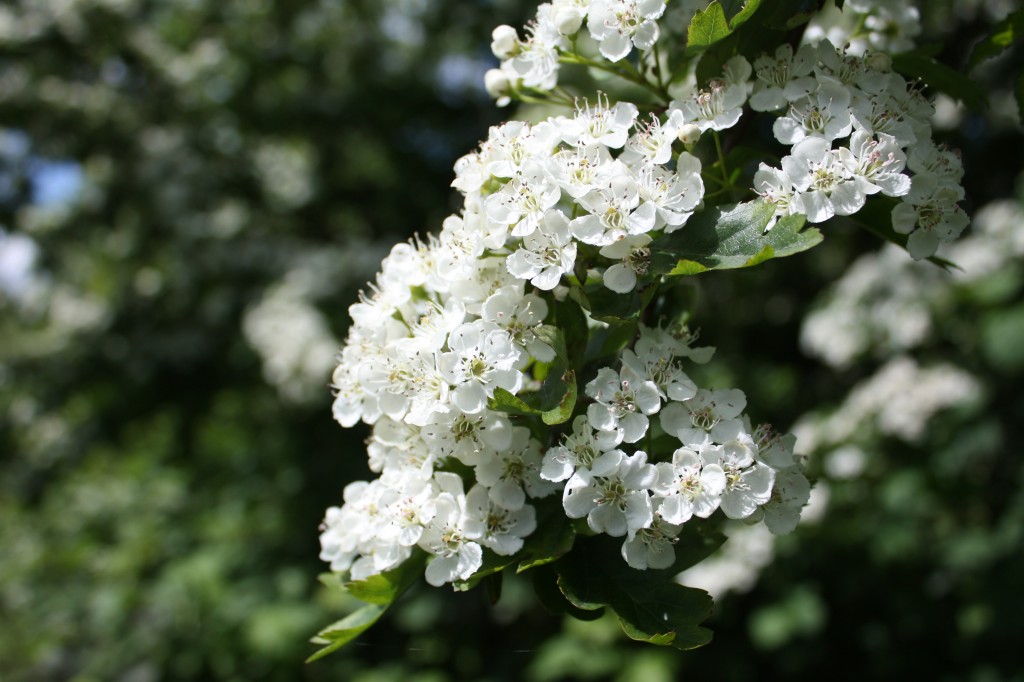
Hannah, the Education Officer at Woodlands Farm, sent me details of their half term activities for children. I’ve added them to the e-shootershill calendar.
Wednesday 6th June
Pond Dipping
Sessions at 10am, 11am, 1pm and 2pm.
50p per child, accompanying adults free
Come and see what you can find hidden beneath the surface of the water. Using nets we will delve into this mysterious world. Age 4+
Booking is essential, call 020 8319 8900Thursday 7th June
Toddler Club
10am-12pm
Come and join us as we meet the animals, do craft activities and have a play. Tea and coffee provided.
£2 per adult, children freeFriday 8th June
The Big Bug Survey
Drop by any time between 10am-12pm and 1pm-3pm
Free!
Come join us and help us discover what invertebrates live on the farm.
Using different techniques we will be seeing what insects we have as well as what habitats are on the farm for them, we will be looking mainly at bees but some other insects as well. Who knows what we may find.For more information or to book contact Hannah on 020 8319 8900 or via email at education@thewoodlandsfarmtrust.org
Woodlands Farm is located on the borders of the London boroughs of Bexley and Greenwich. At 89 acres, it is the largest city farm in the UK. Our priorities are education and conservation, and we are part of the Natural England Higher Level Stewardship Scheme. Our education programme attracts visitors from pre-school to third-age groups. The Trust aims to involve local community groups, schools, volunteers and businesses in farming and conservation, helping to bridge the current town-country divide.
We are open 9.30am-4.30pm, Tuesday-Sunday (except Christmas Day). There is no entry charge except for special events, though donations are always welcome.Nearest tube: North Greenwich
Nearest BR: Welling
Buses: 486 and 89We are a farm so sensible shoes and clothing are recommended! We do allow dogs, but please note that these must be kept on a lead and not taken into any farm buildings.
Hannah Forshaw
Education Officer(registered charity no. 1051680)
The Woodlands Farm Trust
331 Shooters Hill
Welling, Kent
DA16 3RP
Telephone: 020 8319 8900
Email: education@thewoodlandsfarmtrust.org
Website: www.thewoodlandsfarmtrust.org
There’s a new arrival at the farm to visit if you drop in: Cynthia an Oxford Sandy and Black Pig. Cynthia is expecting piglets in a few weeks time, so it’s just possible they may have been born by half term and there’ll be a chance to see some more new arrivals.











